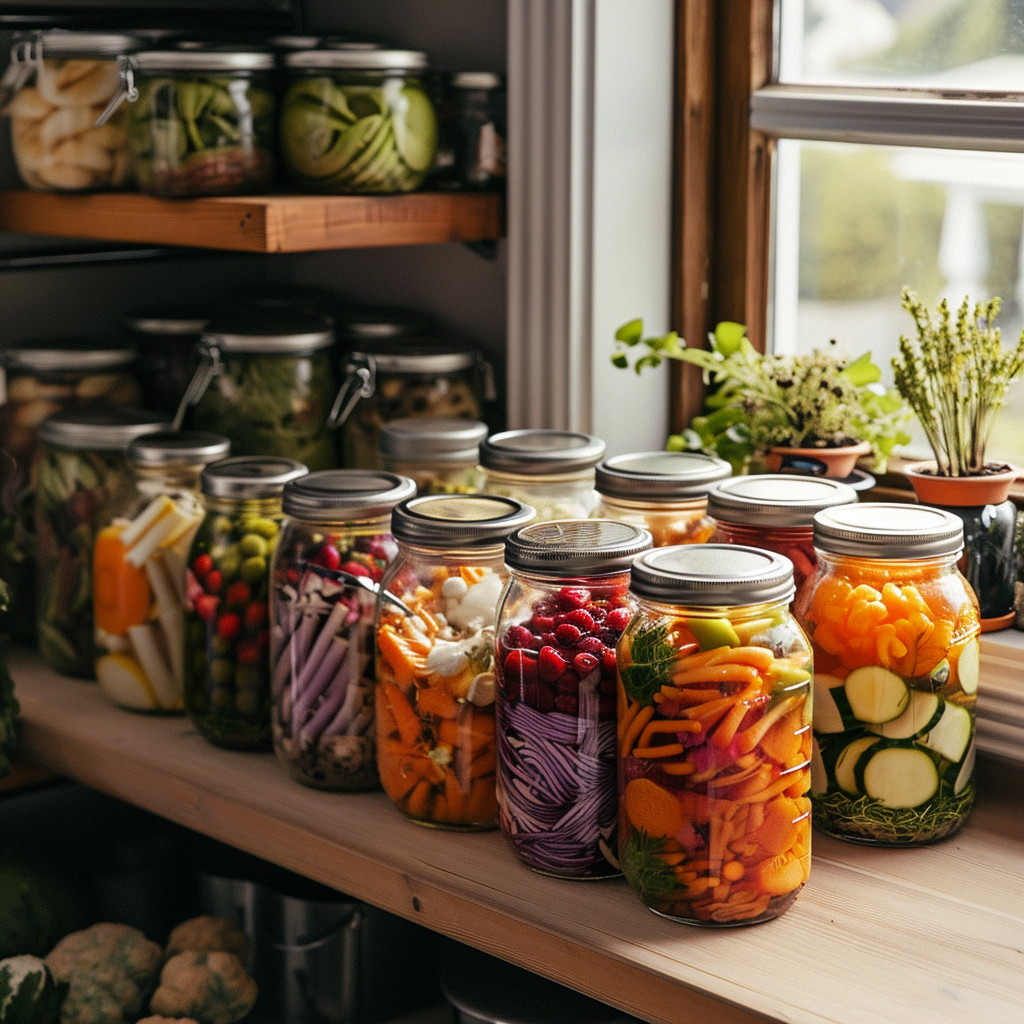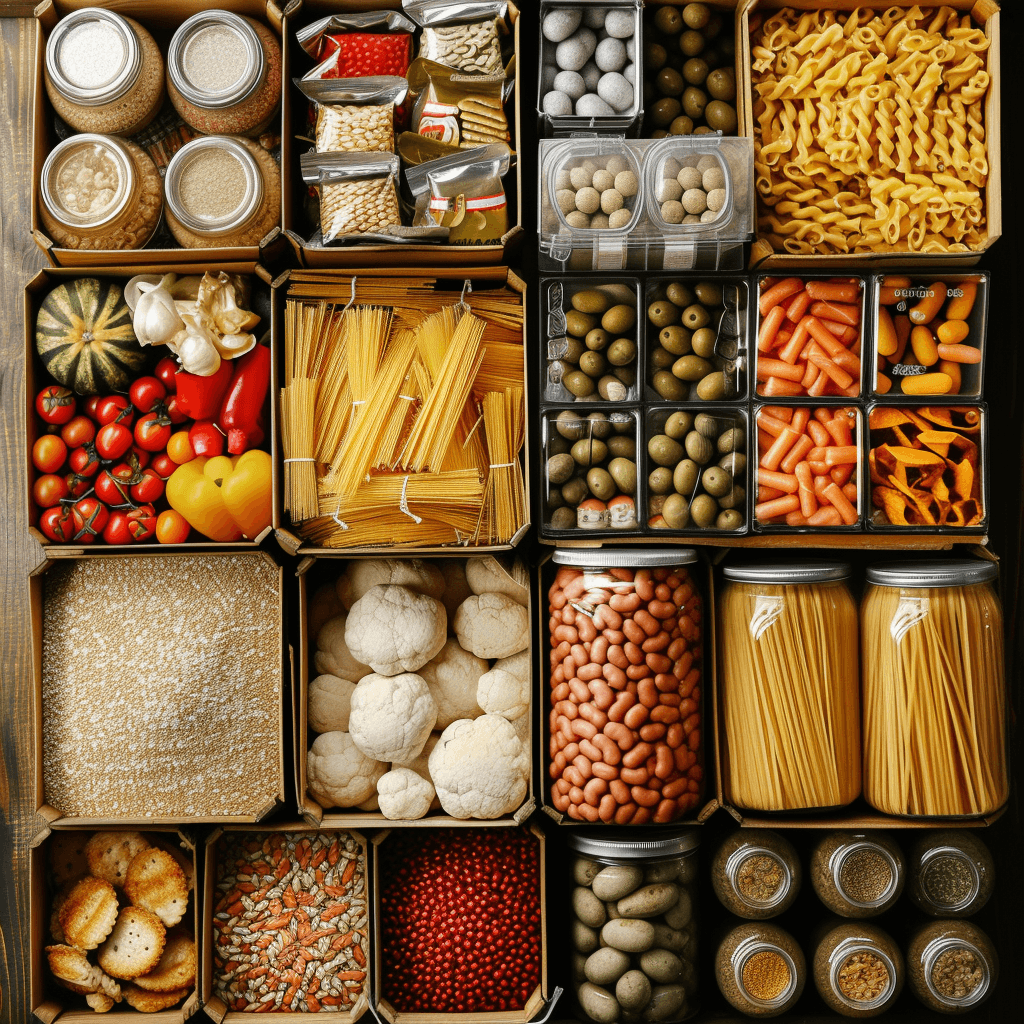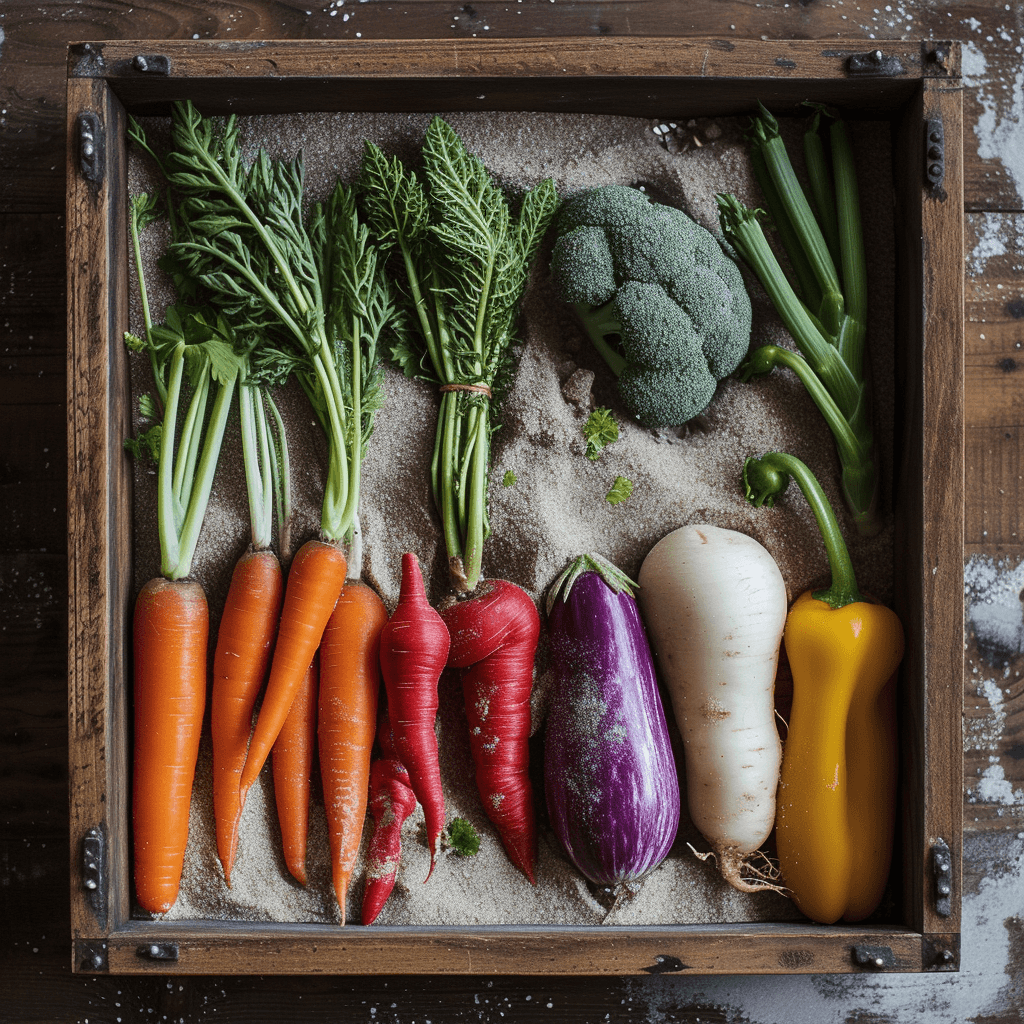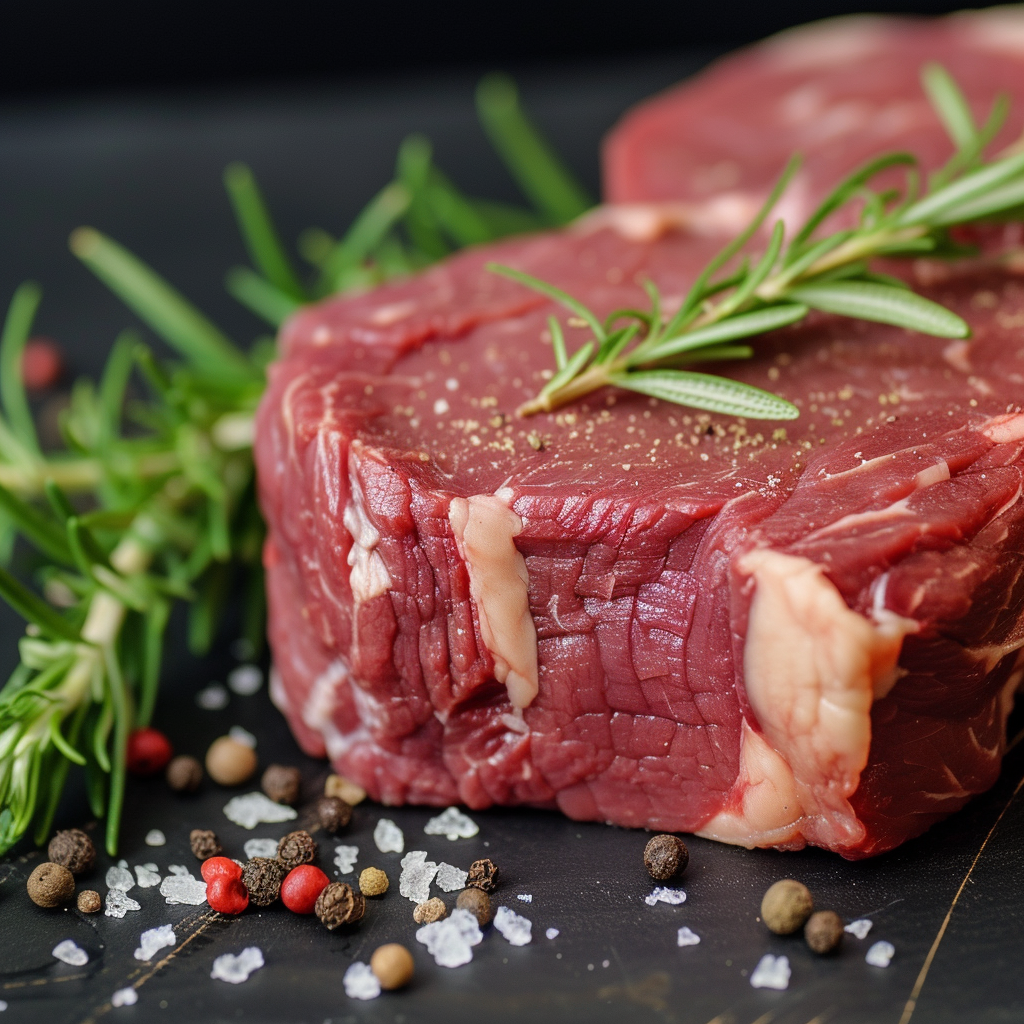So, you’ve decided to take the leap and live off-grid, huh? That’s awesome! But now you’re probably wondering, what is the cheapest way to preserve food? Well, you’re in luck because in this article, I’m going to share with you some budget-friendly methods for food preservation that will help you make the most out of your off-grid lifestyle.
One of the most cost-effective methods for food preservation is canning. Canning allows you to preserve a wide variety of foods, including fruits, vegetables, and even meats. All you need is some mason jars, a canner, and a bit of patience. Plus, you can easily reuse the jars for future canning projects, saving you even more money in the long run.
Another budget-friendly option is dehydration. This method involves removing the moisture from the food, which helps to prevent spoilage and extend its shelf life. You can use a dehydrator if you have one, but if not, you can also try using your oven set at a low temperature. Dehydrated foods are not only lightweight and easy to store, but they also retain most of their nutrients, making them a great option for off-grid living.
Lastly, don’t underestimate the power of freezing. While it may require some initial investment in a freezer, it can save you money in the long run by allowing you to stock up on sale items or harvests from your garden. Freezing can preserve a wide range of foods, from fruits and vegetables to meats and leftovers. Just make sure to properly package the food to prevent freezer burn, and you’re good to go.
So, there you have it – three budget-friendly methods for food preservation that are perfect for your off-grid lifestyle. In the upcoming article, we’ll dive into each method in more detail and provide you with all the tips and tricks you need to get started. Stay tuned!
Introduction to Food Preservation
Food preservation is the process of preventing food from spoiling and extending its shelf life. It plays a crucial role in ensuring food security, reducing waste, and saving money. By using various preservation techniques, you can maintain the nutritional value of food and enjoy it long after its harvest season has passed.
Benefits of Food Preservation
Ensuring food security and reducing waste
Preserving food allows you to have a steady supply of nutritious food even during times when fresh produce is scarce. It also helps reduce food waste by preventing fruits, vegetables, and other perishables from going bad before they can be consumed.
Maintaining nutritional value
Different preservation methods can help retain the nutritional value of food. Freezing and drying, in particular, help preserve vitamins and minerals found in fresh produce, making them viable options for long-term storage.
Saving money and time
Preserving your own food at home can significantly reduce your grocery expenses. By taking advantage of seasonal fruits and vegetables and buying in bulk, you can save money in the long run. Additionally, having preserved foods readily available can save you time in meal preparation, as the ingredients are already conveniently stored.
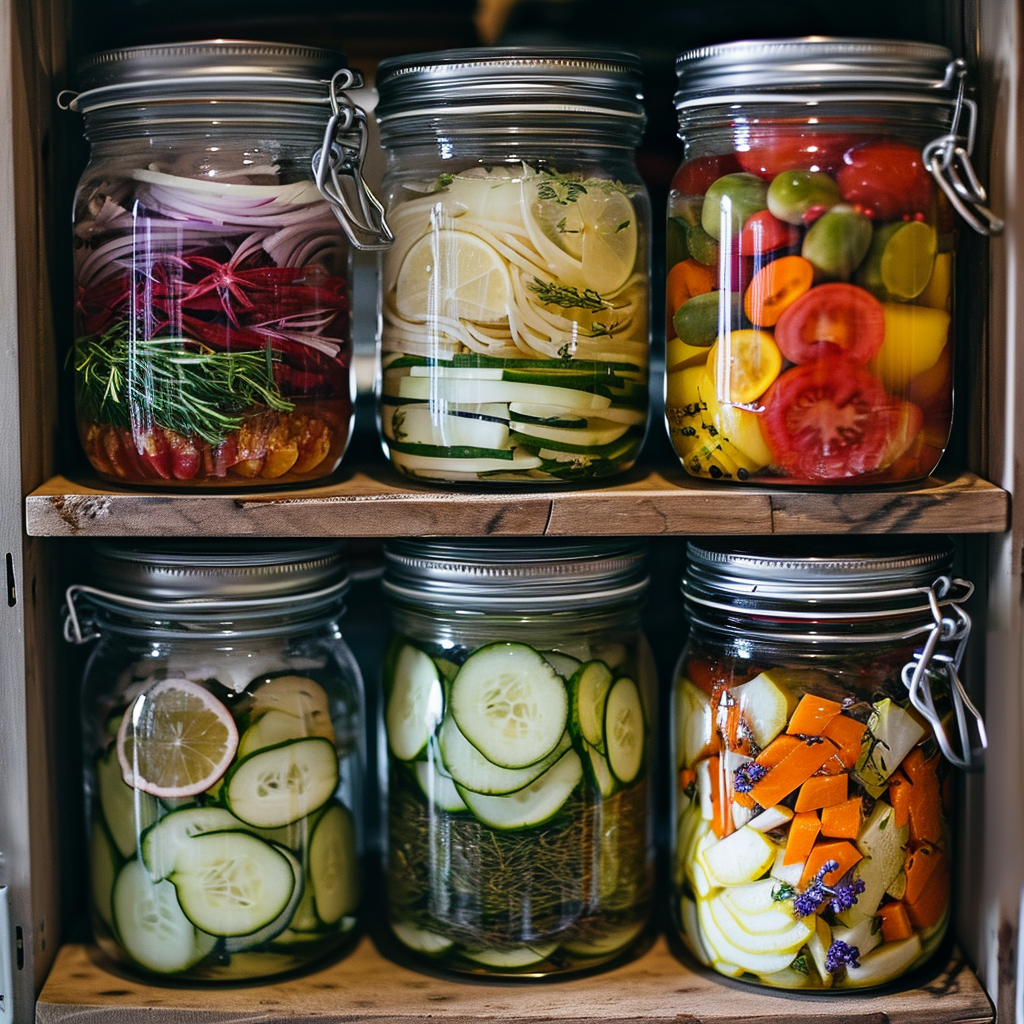
Methods of Food Preservation
Canning
Canning is a traditional method of preserving food that involves sealing it in jars or cans. This technique is especially suitable for fruits, vegetables, and acidic foods. While it may require an initial investment in equipment, such as a canner and jars, it proves to be a cost-effective method in the long run.
Freezing
Freezing is one of the most popular and easiest methods of food preservation. It works well for a wide variety of foods, including fruits, vegetables, meat, and baked goods. Investing in a freezer and purchasing freezer-safe containers or vacuum-sealing bags allows you to preserve food for an extended period with minimal loss in quality.
Drying
Drying involves removing moisture from food, thereby inhibiting the growth of bacteria, yeast, and mold. This method is suitable for preserving fruits, vegetables, herbs, and meat. You can dry food using an oven, dehydrator, or even through natural air drying. It is a simple and low-cost method that allows you to store food for extended periods.
Pickling
Pickling is a preservation method that involves immersing food in a mixture of vinegar, water, and salt or sugar. This acidic environment inhibits the growth of bacteria, providing a long shelf life for various foods, including cucumbers, onions, and peppers. Pickling not only extends the life of produce but also adds flavor, making it a popular choice for many households.
Salting
Salting has been used for centuries to preserve food. Salt acts as a natural preservative by drawing out moisture from food, making it inhospitable for bacteria. This technique is commonly used for fish and meat preservation. It is a cost-effective method that can be done at home with basic ingredients.
Smoking
Smoking is a technique that involves exposing food to smoke from burning wood, which imparts flavor and acts as a preservative. Although it may require a specialized smoker, smoking can be an economical option if you harvest your own game or have access to inexpensive cuts of meat. Additionally, smoking can be done at home using a stovetop smoker or charcoal grill.
Vacuum sealing
Vacuum sealing is a method that involves removing air from a container or bag to create an airtight seal. By removing oxygen, the growth of bacteria and mold is hindered. While it requires the use of a vacuum sealer, this technique can significantly extend the shelf life of various foods, including fruits, vegetables, and meat.
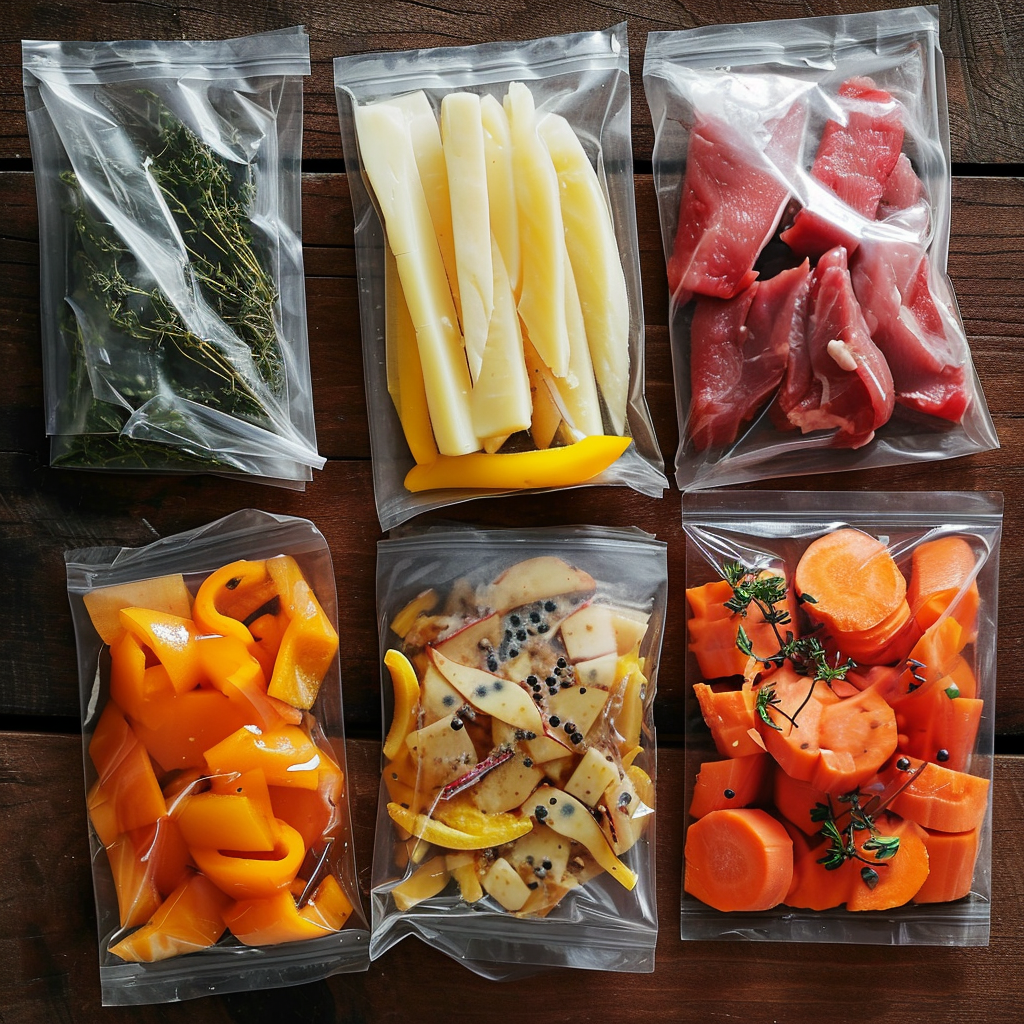
Cost-Effective Food Preservation Techniques
Canning on a budget
Canning can be made more budget-friendly by purchasing second-hand canning equipment or borrowing from friends or family. Additionally, shopping for discounted or seasonal produce can help reduce costs. Another cost-saving option is to participate in community canning events, where you can share the cost of equipment and ingredients with others.
Budget-friendly freezing methods
To save money on freezing, consider purchasing a used freezer or utilizing the freezer compartment in your refrigerator. Look for sales or discounts on freezer-friendly containers or bags. Buying produce in bulk when it is in season and freezing it for later use can also help you save money.
Affordable drying techniques
Air drying food is the most inexpensive method of drying. Utilize your oven at a low temperature or make use of the sun’s heat for natural air drying. Instead of investing in an expensive dehydrator, consider borrowing one or buying a cheaper second-hand model. You can also dry herbs and spices straight from your garden to save money.
Pickling with economic ingredients
Pickling can be an affordable method of preservation by using economic ingredients such as common vegetables, like carrots, cabbage, and radishes. You can also make your own pickling spice blend at home instead of buying pre-packaged ones. Additionally, reusing jars from store-bought pickles or other condiments can save money on packaging.
Cost-efficient salting methods
Salt is a readily available and inexpensive ingredient for salting food. Purchase salt in bulk or during sales to save money. You can also make your own flavored salts by combining herbs, spices, or citrus zest with salt. By salting your own meat or fish at home, you can save money compared to buying pre-packaged preserved products.
Economical smoking techniques
If investing in a specialized smoker is not within your budget, try using a stovetop smoker or a charcoal grill. These alternatives provide a similar smoky flavor and can be more cost-effective. Utilize wood chips from pruning trees or ask local tree trimming services for free wood chips to keep the cost down.
Budget-friendly vacuum sealing
While vacuum sealers may initially seem expensive, the long-term savings on preserving food make them cost-efficient. Look for sales or discounts when purchasing a vacuum sealer. Buying non-brand or generic vacuum-seal bags can also help you save money without compromising the quality of preservation.
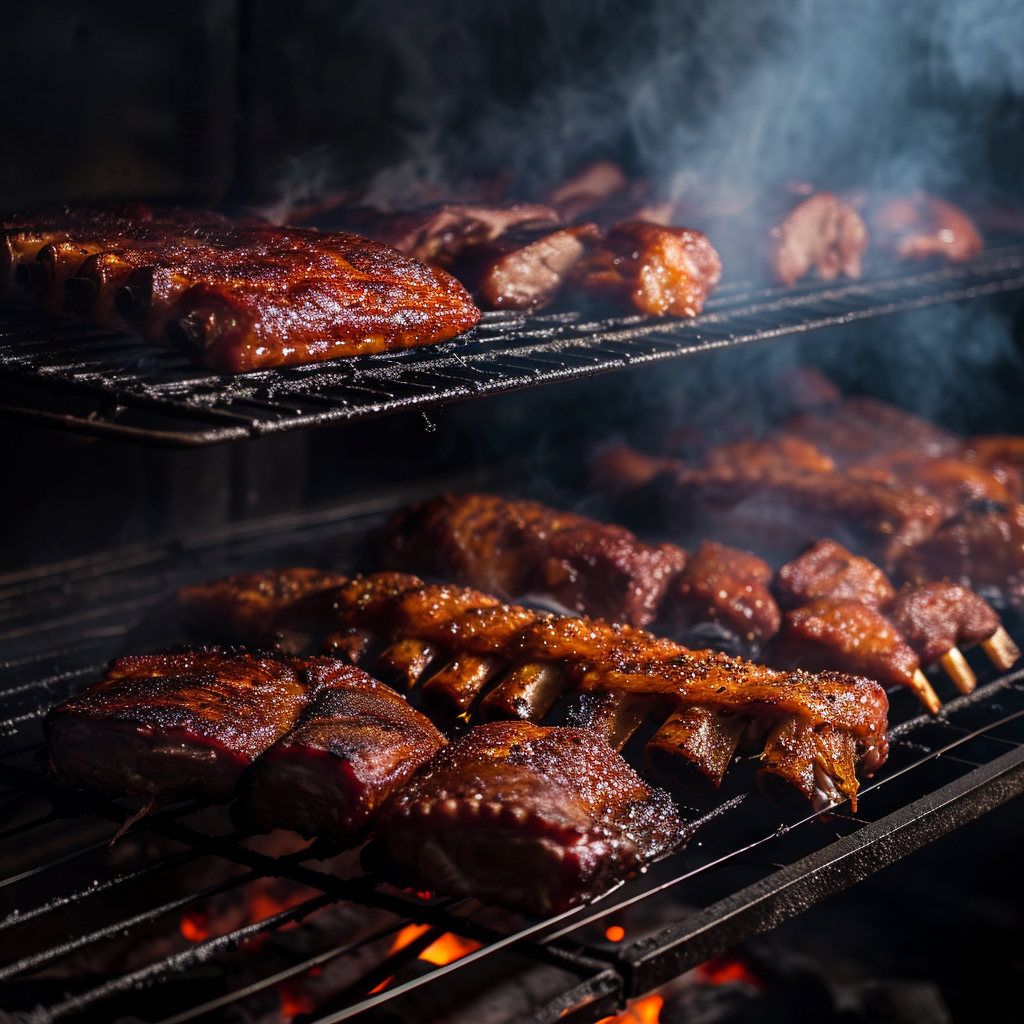
Tips for Budget-friendly Food Preservation
Using seasonal produce
One of the best ways to save money on food preservation is to utilize seasonal produce. Buying in-season fruits and vegetables in bulk allows you to take advantage of lower prices and ensures that you have a fresh supply for preserving.
Buying in bulk
Purchasing food in bulk can significantly reduce the cost per unit. Look for sales or consider joining a local food co-op or farm share program. By buying in bulk, you can preserve a large quantity of food for future use at a lower cost.
Utilizing leftovers
Rather than letting leftovers go to waste, consider using them for preservation. For example, leftover roasted vegetables can be blended into a soup and canned for future meals. This not only reduces waste but also saves money by reusing ingredients.
Making the most of kitchen scraps
Don’t toss out vegetable peels, cores, or other kitchen scraps. Instead, use them to make homemade vegetable broth, which can be canned or frozen for later use. This helps stretch your budget by utilizing every part of the produce.
Ingredients and Equipment
Affordable canning supplies
When purchasing canning supplies, look for discounts or buy second-hand equipment. Basic canning tools, such as jars, lids, and a water bath canner, can often be found at thrift stores, online marketplaces, or garage sales. Additionally, shopping for canning supplies at the end of the season when they are on clearance can help you save money.
Budget-friendly freezing equipment
To save money on freezing equipment, consider purchasing a used freezer or utilizing the freezer compartment in your refrigerator. Look for freezer-safe containers or bags on sale or in bulk. It is also worth checking with local stores for discounts on freezer-related items during seasonal promotions.
Inexpensive drying ingredients and tools
Drying ingredients such as herbs and spices can be grown in your own garden or purchased in bulk to save money. Make use of your oven or natural air drying to dry food without the need for expensive dehydrators. Thrift stores or online marketplaces may have affordable second-hand dehydrators if you prefer one.
Economical pickling ingredients and equipment
When pickling, choose economic ingredients such as common vegetables and basic pickling spices. Instead of buying pre-packaged spices, make your own blend at home using affordable herbs and spices. Reusing jars from store-bought pickles or other condiments can also save money on packaging.
Cost-efficient salting materials
Purchase salt in bulk or during sales to save money when it comes to salting food. Experiment with different types of salt and make your own flavored salts using affordable herbs, spices, or citrus zest. Basic kitchen tools and utensils are usually sufficient for salting food at home without the need for expensive equipment.
Affordable smoking tools
If you are on a budget, consider using a stovetop smoker or a charcoal grill instead of a specialized smoker. These alternatives can still achieve a desirable smoky flavor without breaking the bank. Look for discounted wood chips or ask local tree trimming services if they have any wood chips available for free.
Budget-friendly vacuum sealing accessories
When purchasing vacuum sealing bags or rolls, opt for non-brand or generic options as they are often more affordable. Look for sales or discounts on vacuum sealers, and consider investing in a model that can also be used for other purposes, such as sealing jars or marinating food.
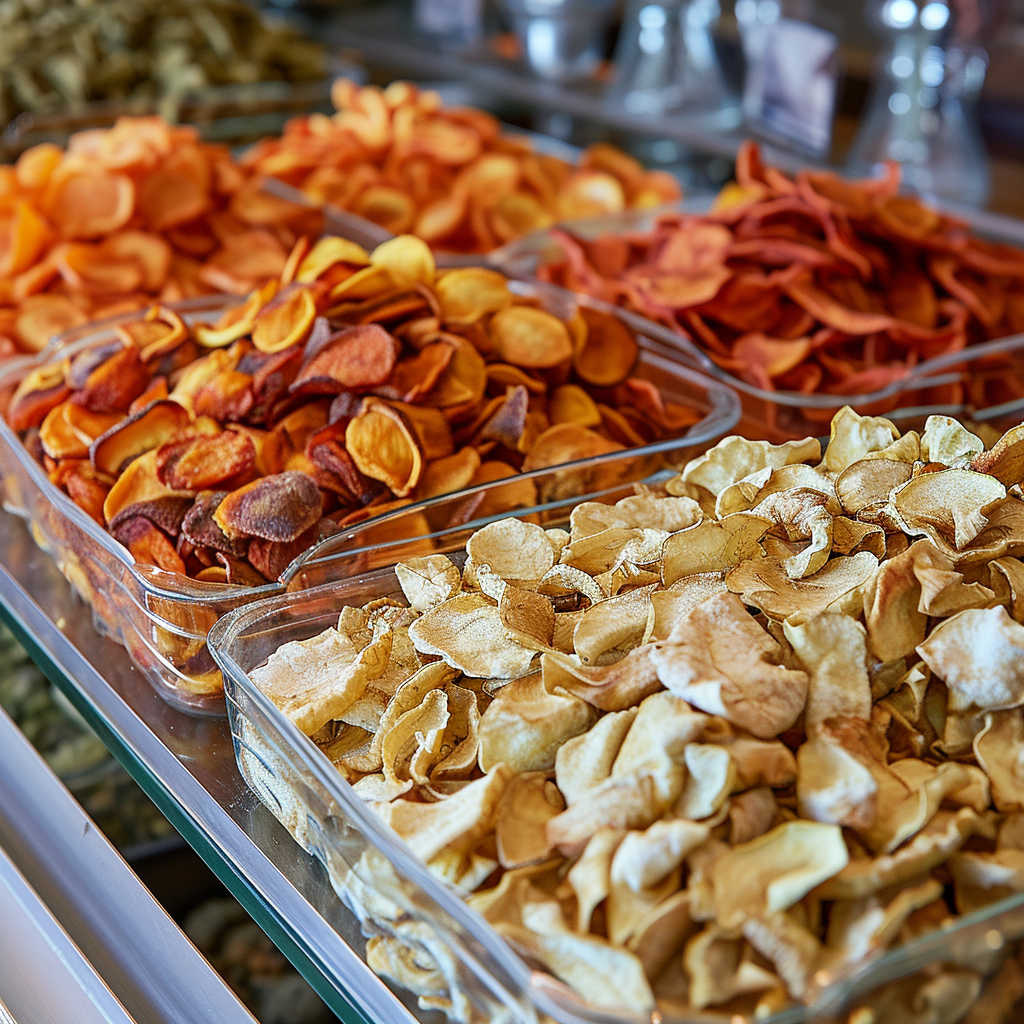
Alternative Preservation Methods
Root cellaring
Root cellaring is a traditional method of storing root vegetables, such as potatoes, carrots, and onions, in a cool and dark location. This method requires minimal equipment and is a low-cost way to extend the shelf life of these vegetables without the need for canning, freezing, or drying.
Fermentation
Fermentation is a natural preservation method that can be done with various foods, including vegetables, fruits, and dairy products. It involves the use of beneficial bacteria or yeast to convert sugars into acids, alcohol, or gases, which create an inhospitable environment for harmful bacteria. This technique is cost-effective and adds unique flavor profiles to your preserved foods.
Dehydration
Dehydration involves removing moisture from food, similar to drying. However, dehydration often includes the use of specialized equipment, such as food dehydrators or ovens with a dehydration function. Dehydrated foods have a longer shelf life and are lightweight, making them suitable for backpacking trips or emergency food supplies.
Preserving in oil
Preserving food in oil is a technique used for flavoring foods and preventing spoilage. It involves immersing ingredients, such as herbs, spices, or vegetables, in oil to create a barrier that inhibits the growth of bacteria. This method can be done at home with affordable ingredients and is particularly useful for preserving herbs and spices.
Sugar preservation
Preserving food in sugar, such as making jams, jellies, or fruit preserves, is a common method that requires minimal equipment and ingredients. Sugar acts as a preservative by reducing the water activity in food, making it unfavorable for bacterial growth. This method is cost-effective and allows you to enjoy the sweetness of fruits throughout the year.
The Role of Planning in Budget-friendly Food Preservation
Creating a preservation schedule
Planning ahead is crucial for budget-friendly food preservation. By creating a preservation schedule, you can take advantage of sales or deals on fresh produce, ensuring that you get the best prices. Knowing what and when to preserve helps you avoid wastage and maximize your budget.
Meal planning with preserved foods
Incorporating preserved foods into your meal planning helps you make the most of your budget. By having a variety of preserved fruits, vegetables, and proteins on hand, you can create nourishing and flavorful meals without relying heavily on expensive fresh produce. Combining preserved items with fresh ingredients can stretch your meals further.
Setting a budget for preservation
Establishing a budget specifically for food preservation is a practical way to manage your expenses. It ensures that you allocate your resources wisely and prioritize preservation methods that are most cost-effective for you. By keeping track of your spending, you can identify areas where you can save and adjust your preservation practices accordingly.
Best Practices for Food Preservation on a Budget
Proper storage and organization
Storing preserved food properly is crucial to maintaining its quality and safety. Ensure that jars, bags, or containers are sealed tightly to prevent air and moisture from entering. Organize your preserved foods in a cool, dry, and dark location to extend their shelf life. Labeling and dating your preserved items can help you keep track of their freshness.
Labeling and dating preserved foods
To avoid confusion and waste, it is essential to label and date your preserved foods. Clearly indicate the contents and date of preservation on each jar, bag, or container. This helps you identify older items that should be used first and ensures that you consume preserved foods within their recommended shelf life.
Ensuring food safety
Practicing proper food safety measures is paramount when it comes to preserving food. Always follow tested and approved recipes to prevent the growth of harmful bacteria. Clean and sanitize all equipment before use, and use fresh and quality ingredients. If you notice any signs of spoilage or unusual odors, dispose of the preserved food immediately.
Conclusion
Preserving food on a budget is both practical and rewarding. By utilizing various cost-effective preservation methods such as canning, freezing, drying, pickling, salting, smoking, and vacuum sealing, you can enjoy the benefits of food security, reduced waste, maintained nutritional value, and saved money and time. Incorporating budget-friendly tips, utilizing affordable ingredients and equipment, and exploring alternative preservation methods will further enhance your food preservation experience. Embrace the art of budget-friendly food preservation and enjoy the abundance of flavors and nutrients all year round.

